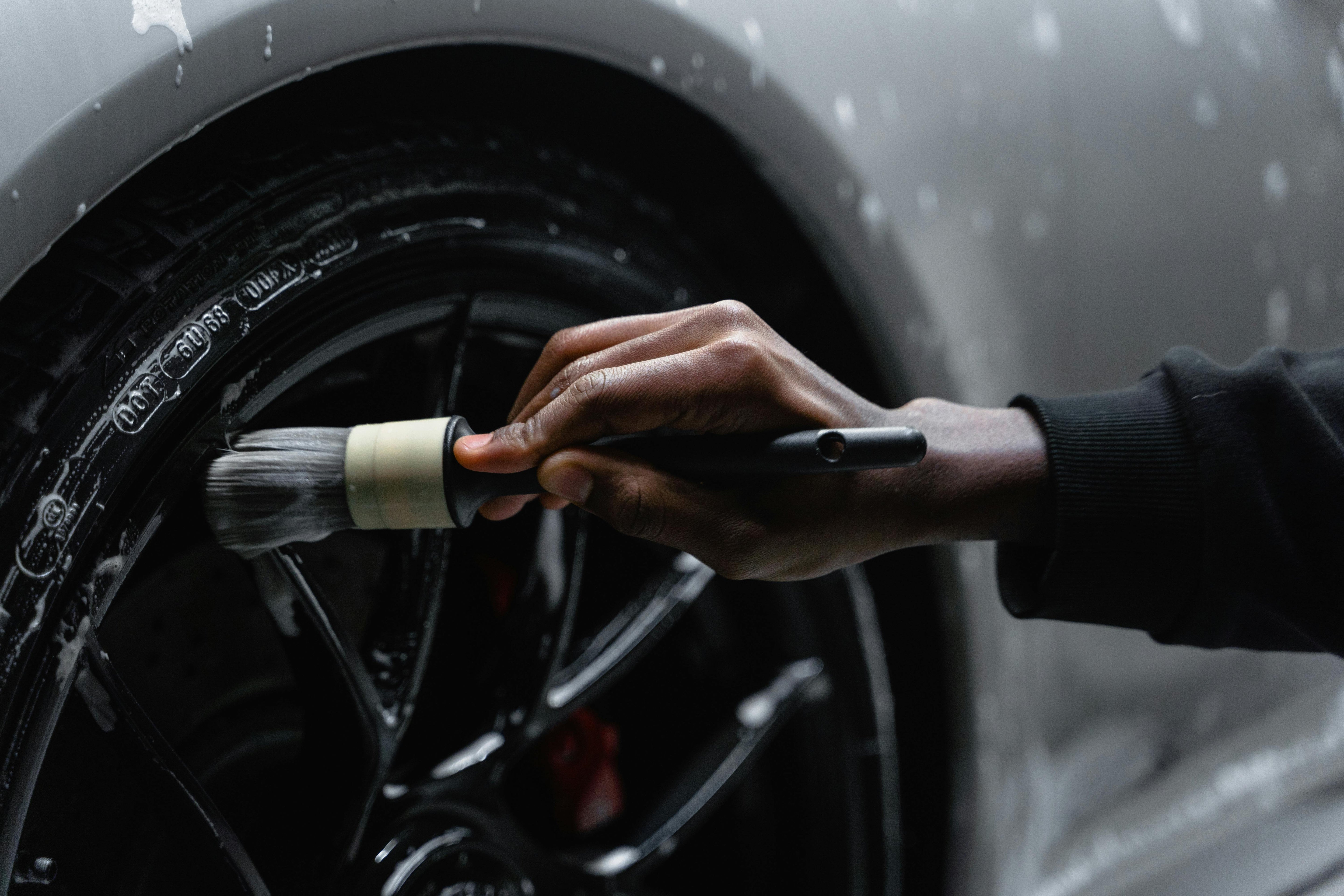
Best Detailing Tools for Interior vs. Exterior Car Care
Top Detailing Tools Checklist: From Brushes to Polishers
Car detailing is much more than just giving your vehicle a quick wash at the local car wash. It’s about restoring and protecting every nook and cranny of your car, inside and out, so it looks and feels as close to new as possible. And just like a chef needs the right knives or a carpenter needs precise tools for auto detailing, detailers, whether professional or DIY, rely heavily on specialized tools to get the job done correctly. Without them, you’re just scratching the surface, quite literally in some cases.
Think about it: wiping down your dashboard with a random cloth might remove dust, but it won’t sanitize, protect, or bring back that showroom shine. Similarly, blasting your car with a garden hose might knock off dirt, but it won’t remove tar, brake dust, or fine contaminants that cling stubbornly to your paint. This is where detailing tools step in, they bridge the gap between a simple clean and a professional-level restoration.
There’s also a big difference between professional-grade detailing car tools and DIY-friendly alternatives. Professionals often invest in heavy-duty machines like dual-action polishers, carpet extractors, or ozone generators because they need efficiency, durability, and performance to handle multiple cars a day. DIY enthusiasts, on the other hand, may prefer handheld vacuums, portable steam cleaners, or cordless gadgets that offer convenience and affordability. Both approaches work, it all depends on your goals, budget, and passion for detailing.
Having the right car detailing tools ensures you achieve that professional finish, whether you’re focused on interiors, exteriors, or both →
Ultimately, car detailing tools aren’t just about appearances, they protect your investment. A properly detailed and well-maintained car holds its value longer, feels more enjoyable to drive, and even creates a healthier environment for you and your passengers.
Understanding Interior vs. Exterior Detailing
When people talk about car detailing, they often lump everything together. But detailing actually splits into two main categories: interior detailing and exterior detailing. Each comes with its own set of challenges and requires specialized tools.
Interior detailing is all about the cabin, the place where you and your passengers spend the most time. Here, tools are designed to tackle things like dust, crumbs, stains, pet hair, and bacteria. Vacuum cleaners, steam cleaners, detailing brushes, and upholstery tools come into play. The goal isn’t just cleanliness but also comfort, health, and preservation of materials like leather, plastic, vinyl, and fabric.
Exterior detailing, on the other hand, focuses on the paintwork, glass, wheels, and trim. The tools here are much more aggressive because they need to deal with stubborn contaminants like road tar, tree sap, brake dust, and oxidation. Pressure washers, foam cannons, polishers, clay bars, and tire brushes are essential. The purpose is twofold: to enhance the vehicle’s appearance and protect it from environmental damage like UV rays, salt, and moisture.
Here’s where things get interesting: neglecting one side affects the other. For example, if you only focus on the exterior, you may have a car that looks stunning on the outside but smells unpleasant or feels dirty inside. On the flip side, a spotless interior won’t make much of an impression if your paint is dull and your wheels are caked with brake dust. Balance is key.
So, the big takeaway? Interior and exterior detailing are two sides of the same coin. Understanding their differences helps you choose the right tools and approach for each job.
Must-Have Interior Detailing Tools

When it comes to detailing the interior, think of it as giving your car a “deep clean” spa day. It’s not about surface-level cleaning, it’s about extracting dirt, removing odors, and preserving materials for the long haul. Here are the core tools every enthusiast or professional should have:
Vacuum Cleaners with Attachments
A high-quality vacuum cleaner is the backbone of interior detailing. But not just any vacuum, the best ones come with attachments that allow you to reach tight spaces like under the seats, between console gaps, and deep into carpets. Crevice tools, brush heads, and flexible hoses make all the difference. Some professionals swear by wet/dry vacuums because they can handle both dry debris and liquid spills.
Steam Cleaners for Deep Sanitization
Steam cleaners take things a step further by using high-temperature steam to loosen grime, kill bacteria, and sanitize surfaces without chemicals. They’re perfect for cleaning vents, dashboards, upholstery, and even leather (when used carefully). A steam cleaner not only cleans but also deodorizes, making it a powerful tool for anyone who deals with stubborn smells like smoke or pet odors.
Interior Brushes and Microfiber Cloths
Not all brushes are created equal. For interiors, soft-bristle brushes are best for dusting delicate surfaces like vents and infotainment screens, while stiff-bristle brushes help agitate dirt in carpets and upholstery. Microfiber cloths are non-negotiable, they’re gentle, absorbent, and lint-free, making them ideal for wiping down dashboards, windows, and trim. Always avoid rough fabrics like cotton towels that can scratch or leave residue behind.
Carpet Extractors and Upholstery Cleaners
If you want to take interior detailing seriously, a carpet extractor is a must. Unlike a vacuum, which only removes loose debris, extractors spray cleaning solution into carpets and upholstery, then suck it back out along with the dirt and grime. This deep-cleaning action revitalizes fabrics and removes stains that a regular vacuum can’t touch. For DIY users on a budget, spray-on upholstery cleaners paired with a stiff brush can serve as an alternative, though not as effective as extractors.
Together, these tools form the foundation of interior detailing. With them, you can transform a dusty, stained cabin into a fresh, welcoming space that feels brand new.
For beginners, the Detailing Tool Kit Lite includes the basics you need in a car detailer kit for effective interior care, while our range of cleaning tools helps you maintain a fresh and polished cabin →
Must-Have Exterior Detailing Tools
Now let’s step outside. Exterior detailing is where your car truly makes its first impression, and the tools you use can mean the difference between a “meh” wash and a head-turning shine. Here are the essentials:
Pressure Washers and Foam Cannons
Forget garden hoses, pressure washers are the gold standard for exterior cleaning. They blast away dirt and grime quickly and safely when paired with the right pressure settings. Foam cannons, which attach to pressure washers, create thick, clingy foam that loosens dirt and reduces the risk of scratches during washing. The combination of a pressure washer and foam cannon is unbeatable for safe, efficient cleaning.
Dual Action Polishers vs. Rotary Polishers
Polishing is where exterior detailing gets serious. Dual-action (DA) polishers are user-friendly and safer for beginners, as they reduce the risk of burning paint. Rotary polishers, however, are more powerful and favored by professionals for heavy correction jobs. Having one of these machines, along with the right pads and polishes, allows you to remove swirls, oxidation, and scratches that dull your car’s paint.
Clay Bars and Decontamination Tools
Even after a wash, your paint might still feel rough. That’s because of bonded contaminants like tar, sap, and industrial fallout. Clay bars (or newer synthetic clay mitts) remove these impurities, leaving the surface smooth and ready for polishing or waxing. Skipping this step means you’re essentially sealing in dirt under your protective layer.
Wheel and Tire Cleaning Kits
Wheels are often the dirtiest part of the car, caked with brake dust and road grime. Dedicated wheel brushes, iron removers, and tire scrubbers are essential to restore them. Pair these with a quality tire dressing, and you’ll have wheels that complement the shine of your paint instead of dragging it down.
With these tools in your arsenal, exterior detailing becomes less of a chore and more of a rewarding process that transforms your vehicle’s curb appeal.
Upgrade your routine with our vehicle detailing kit or choose the Detailing Tool Kit Pro for a balanced set of tools designed for both interior and exterior detailing →
Comparing Interior vs. Exterior Tools
When you put interior and exterior tools side by side, some clear contrasts emerge.
Investment Costs: Generally, exterior tools like polishers, pressure washers, and foam cannons tend to be more expensive than interior tools like vacuums and brushes. That said, interior tools like carpet extractors and steam cleaners can be pricey, too.
Maintenance and Longevity: Exterior tools often endure harsher conditions (water, chemicals, and outdoor storage), meaning they need more frequent upkeep. Interior tools, though smaller, also require maintenance, like cleaning vacuum filters or washing microfiber cloths, to stay effective.
Safety Concerns: Interior tools demand caution to avoid damaging delicate materials like leather or screens, while exterior tools can cause paint burns or scratches if misused. Knowing the right tool for the right job is crucial.
Both sets of tools are equally important, one makes your car enjoyable from the inside, the other makes it impressive from the outside. Striking the right balance ensures your detailing efforts don’t go to waste.
Advanced Tools for Professionals
Once you’ve mastered the basics of car detailing, the next step is exploring advanced tools. These aren’t always necessary for casual DIY detailers, but for professionals who want to stand out, or enthusiasts looking to step up their game, these tools can make a world of difference.
Ozone Generators for Odor Removal
Sometimes, even after vacuuming, steaming, and shampooing, certain odors refuse to leave. Smoke, mildew, and pet smells can linger in fabrics and vents. Enter the ozone generator, a tool that produces ozone gas to neutralize odor-causing bacteria and molecules. It’s a professional-grade tool that requires careful use (since ozone can be harmful in high concentrations), but when used properly, it can restore that fresh, neutral smell inside a vehicle.
Paint Depth Gauges and Inspection Lights
Exterior detailing is more than just making paint shiny, it’s about correcting and protecting it. Paint depth gauges measure how much clear coat or paint thickness remains on the vehicle. This is crucial for professionals because over-polishing can damage paint permanently. Pair this with inspection lights, which reveal swirl marks and imperfections invisible to the naked eye, and you have a setup that ensures precision and safety in paint correction jobs.
Ceramic Coating Application Kits
Wax and sealants are great, but ceramic coatings take protection to another level. They create a semi-permanent layer that resists UV rays, chemicals, and minor scratches. However, applying them requires a precise process. That’s where ceramic coating kits come in; they usually include applicator pads, leveling cloths, and prep solutions. For professionals, this is a service that customers happily pay a premium for.
In short, advanced tools don’t just add convenience; they separate amateurs from true professionals by offering results that last longer, look better, and add real value to the detailing process.
The Detailing Tool Kit Pro Max is the ultimate choice for advanced car care, and our range of workshop tools is perfect for professional setups →
Tool Material and Quality Considerations
When shopping for car detailing equipment, the choice often comes down to material and build quality. This can be the deciding factor between a tool that lasts years and one that falls apart after a few uses.
Microfiber vs. Cotton in Detailing
Microfiber cloths are the gold standard in detailing for a reason. Unlike cotton, microfiber has split fibers that trap dirt, dust, and liquids more effectively without scratching surfaces. Cotton towels, while cheaper, tend to leave lint behind and can even cause fine scratches on delicate surfaces like paint or glass. Always choose high GSM (grams per square meter) microfiber for softer, more absorbent cloths.
Plastic vs. Metal Brushes: Which Is Safer?
Brushes come in all shapes and materials. Plastic brushes are lightweight and gentle, making them ideal for interiors and delicate surfaces. Metal brushes, on the other hand, are used for heavy-duty jobs like scrubbing wheel barrels or exhaust tips. The key is knowing when to use each, using a metal brush on leather or paint could spell disaster, while a plastic brush may not have the strength for tough grime.
Durability vs. Affordability Trade-Off
It’s tempting to buy the cheapest option available, especially if you’re just starting. But in detailing, quality often pays for itself. For example, a well-made dual-action polisher may cost more upfront but will last years without issues, while a cheap one might fail after just a few uses. That said, not every tool needs to be top-tier. For items like microfiber cloths or applicator pads, it’s okay to buy in bulk and replace them frequently.
At the end of the day, choosing the right material and quality ensures not only better results but also prevents accidental damage to your car.
Storage and Organization of Tools
Even the best detailing tools lose their effectiveness if they’re not stored properly. Organization also makes your workflow smoother, helping you save time and avoid cross-contamination.
Tool Bags vs. Rolling Carts
For mobile detailers, tool bags are a lifesaver. They’re portable, compact, and make it easy to carry essentials from job to job. On the other hand, rolling carts are perfect for garages or professional shops, they keep everything at arm’s reach and allow you to move tools around effortlessly. The choice depends on whether you detail at home or on the go.
Preventing Contamination Between Interior and Exterior Tools
One common mistake is using the same microfiber cloths, brushes, or sponges for both interior and exterior. This is a recipe for disaster. Exterior tools pick up contaminants like brake dust and tar, which can scratch or stain interior surfaces if reused. The solution? Color-code your cloths and brushes, blue for interior, black for wheels, yellow for paint, etc. It’s a simple system that makes a huge difference.
Space-Saving Hacks for Home Garages
If you’re detailing from home, chances are you don’t have unlimited space. Wall-mounted racks, magnetic strips for brushes, and stackable storage bins can help keep things organized. Some enthusiasts even use fishing tackle boxes for small detailing accessories like applicator pads and nozzles. Organization not only saves space but also prevents frustration when you can’t find the right tool in the middle of a job.
Proper storage isn’t just about neatness, it protects your investment and keeps your tools ready to deliver the best results every time.
Common Mistakes When Using Detailing Tools
Even with the best tools, mistakes can happen. And in detailing, the wrong move can mean scratches, stains, or even permanent damage. Knowing what to avoid is just as important as knowing what to use.
Using the Wrong Tool for the Wrong Surface
Not every brush, cloth, or attachment is safe for every surface. Using a stiff brush on leather, for example, can scratch and damage it. Similarly, using a dirty microfiber cloth on paint can cause swirl marks. Always match the tool to the material, soft brushes for interiors, stiff ones for tires, and clean, high-quality microfiber for paint.
Over-Reliance on Chemicals Instead of Tools
Many beginners think that spraying more chemical cleaner will make up for weak scrubbing or improper tools. In reality, tools do the heavy lifting, chemicals are just assistants. For example, using a clay bar properly will do more for paint decontamination than drowning it in iron remover sprays. Overusing chemicals can even damage surfaces or leave residues.
Neglecting Tool Maintenance
Detailing tools themselves need cleaning and care. Brushes collect grime, microfiber towels lose effectiveness if not washed correctly, and machines like polishers require regular checks. Neglecting maintenance not only shortens tool life but also risks cross-contamination. Imagine using a dirty brush on a freshly detailed interior, it defeats the whole purpose.
By avoiding these mistakes, you’ll not only protect your car but also get better, longer-lasting results from your detailing sessions.
How to Maintain and Clean Detailing Tools
Investing in detailing tools is one thing, keeping them in top condition is another. Many car enthusiasts overlook the importance of maintaining their tools, but proper care ensures that they last longer, perform better, and prevent accidental damage to your vehicle. Think of it like sharpening a chef’s knife: the tool is only as good as the care you give it.
Extending Tool Lifespan with Proper Care
Tools like polishers, vacuums, and extractors come with moving parts that can wear down if neglected. For electrical tools, it’s vital to check cords, plugs, and connections regularly. Storing them in a dry, dust-free environment also protects against premature breakdown. For hand tools like brushes and applicator pads, rinsing after every use ensures they don’t harden with product buildup. The small effort of routine care can easily double or triple a tool’s lifespan.
Cleaning Microfiber Cloths and Pads Correctly
Microfiber cloths are one of the most commonly used detailing tools, but they’re also the easiest to ruin with improper care. Never wash them with regular laundry, especially with fabric softeners, which clog fibers and reduce absorbency. Instead, wash them separately with a gentle detergent and warm water. Air drying is best, as high heat can damage the fibers. Similarly, polishing pads should be washed with pad cleaners or mild soap to prevent hardened residues that can scratch paint.
Storing Electrical Tools Safely
Detailing tools like dual-action polishers, steam cleaners, and vacuums should never be left in damp environments. Moisture not only risks rusting but also creates safety hazards. Using cases or storage bags adds an extra layer of protection. If you detail outdoors often, invest in waterproof covers or storage bins to keep your tools safe from the elements.
By treating your tools with the same care you give your car, you ensure consistent performance and avoid unnecessary replacement costs.
FAQs
What are the top 5 must-have car detailing tools for beginners?
A quality vacuum with attachments, microfiber cloths, a foam cannon, a detailing brush set, and a dual-action polisher.
Can I use household items as detailing tools?
Some household items, like soft brushes or microfiber cloths, can double as detailing tools, but professional-grade options always deliver better and safer results.
What’s the difference between a foam cannon and a foam gun?
A foam cannon attaches to a pressure washer and produces thicker foam, while a foam gun connects to a garden hose and creates lighter foam.
How often should I replace detailing brushes and pads?
Replace them when bristles become frayed or pads lose their structure. With proper care, they can last for several months to a year.
Do professionals use the same tools as DIY enthusiasts?
Yes and no, many tools overlap, but professionals often use higher-quality, heavy-duty versions designed for frequent use and better efficiency.
Conclusion
Car detailing is more than just cleaning; it’s an art and science that relies on the right tools for the job. From the basics like vacuums, pressure washers, and microfiber cloths to advanced professional tools like ozone generators and ceramic coating kits, every tool serves a unique purpose.
Understanding the difference between interior vs. exterior detailing tools helps you build a balanced kit that ensures your car looks, feels, and performs at its best. While professionals may invest thousands in top-grade equipment, DIY enthusiasts can still achieve fantastic results with affordable, multipurpose tools.
The key lies in knowing how to use, maintain, and organize these tools while avoiding common mistakes. With trusted brands, proper storage, and smart maintenance, your tools will last longer and deliver consistent performance. And with new trends like cordless gadgets, eco-friendly solutions, and even AI-driven technology, the future of detailing is more exciting than ever.
Whether you’re detailing to impress clients, protect your investment, or simply enjoy the satisfaction of a spotless ride, the right tools are your best partner in the journey.
You may like to explore our complete range of car wrapping tools today to find the perfect kit for your needs →
Are you unsure which tool or kit is right for your job?
Our expert team at Oz Sign Supplies is here to help. Reach out today, and we’ll direct you to the best tools to suit your project, ensuring you get the job done right the first time.



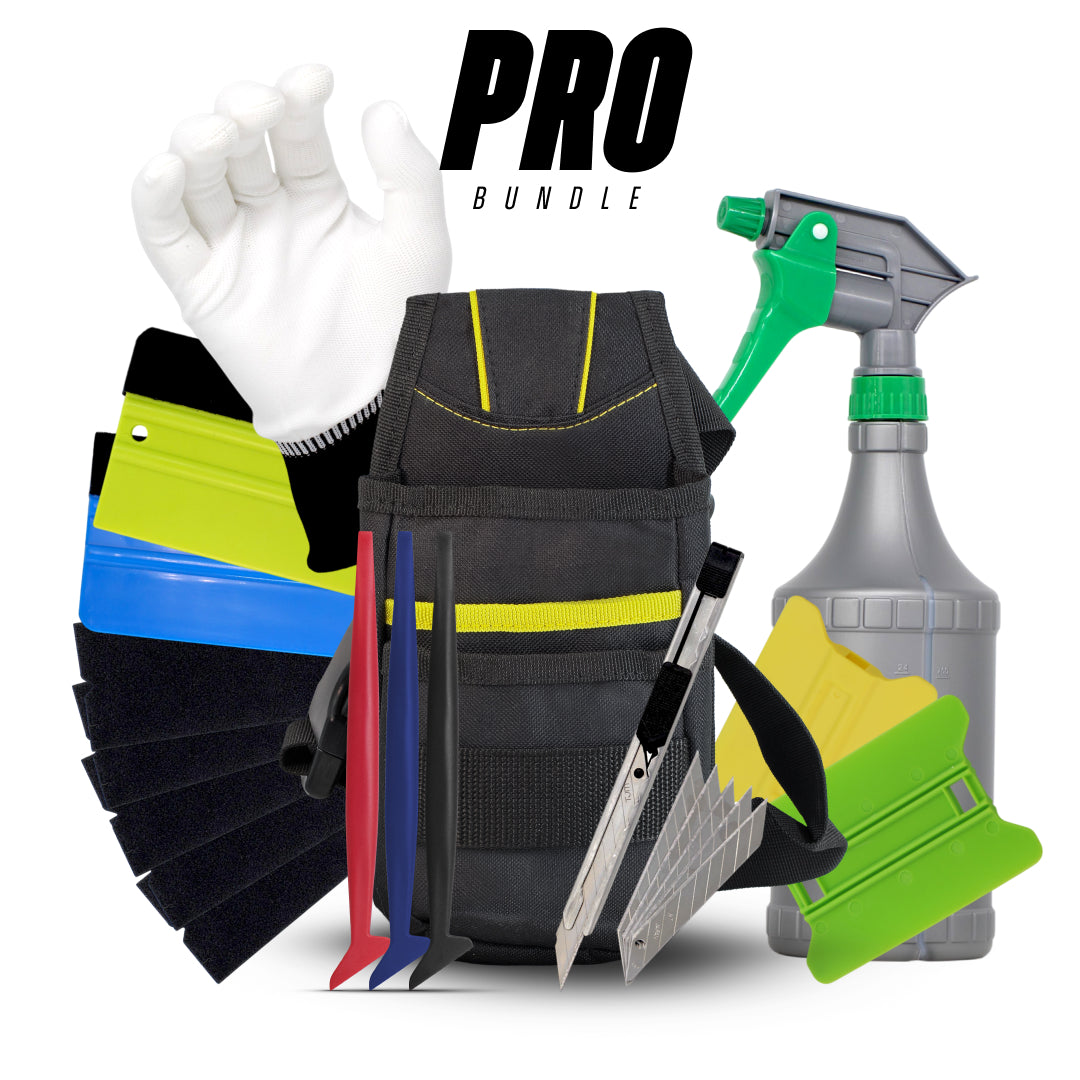
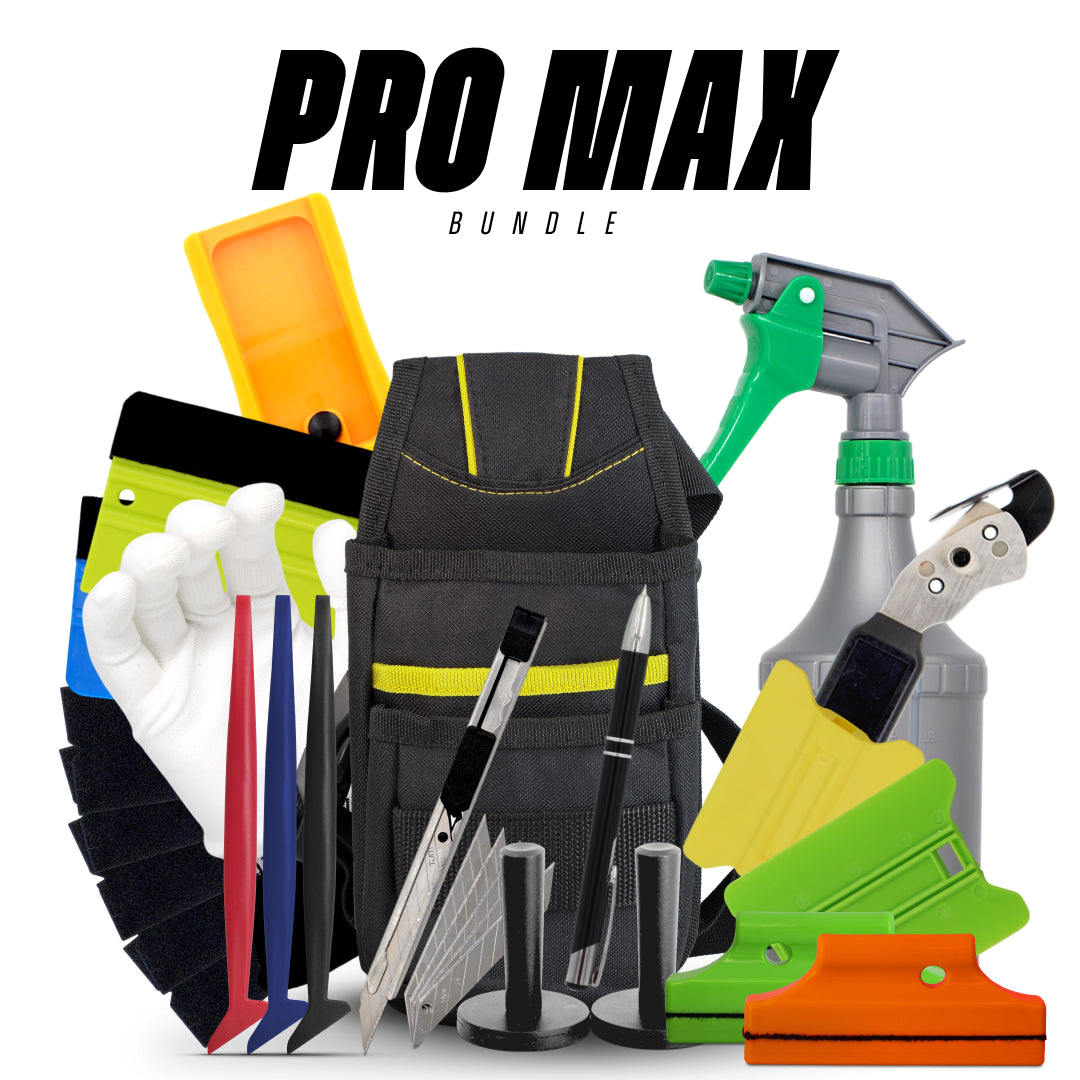
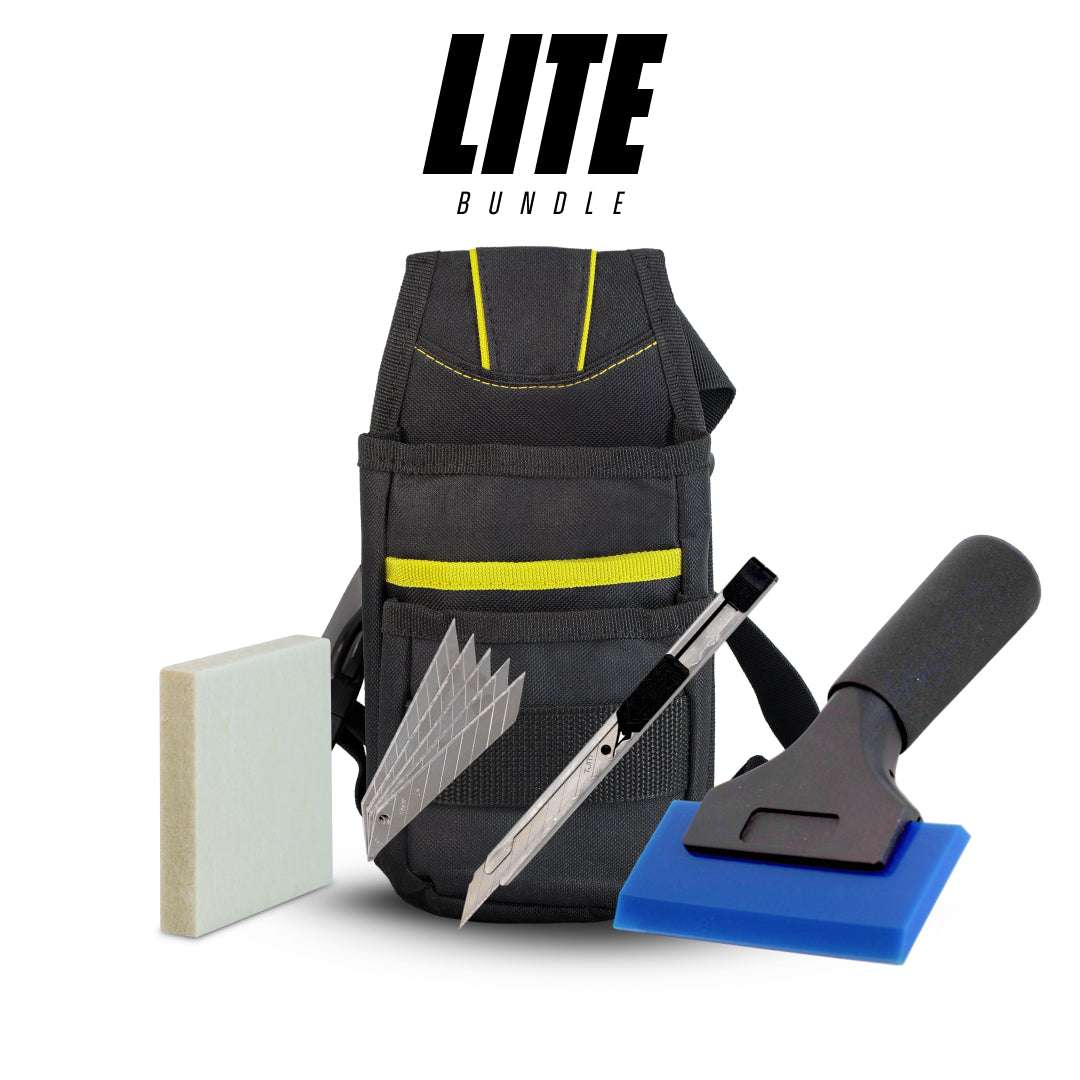
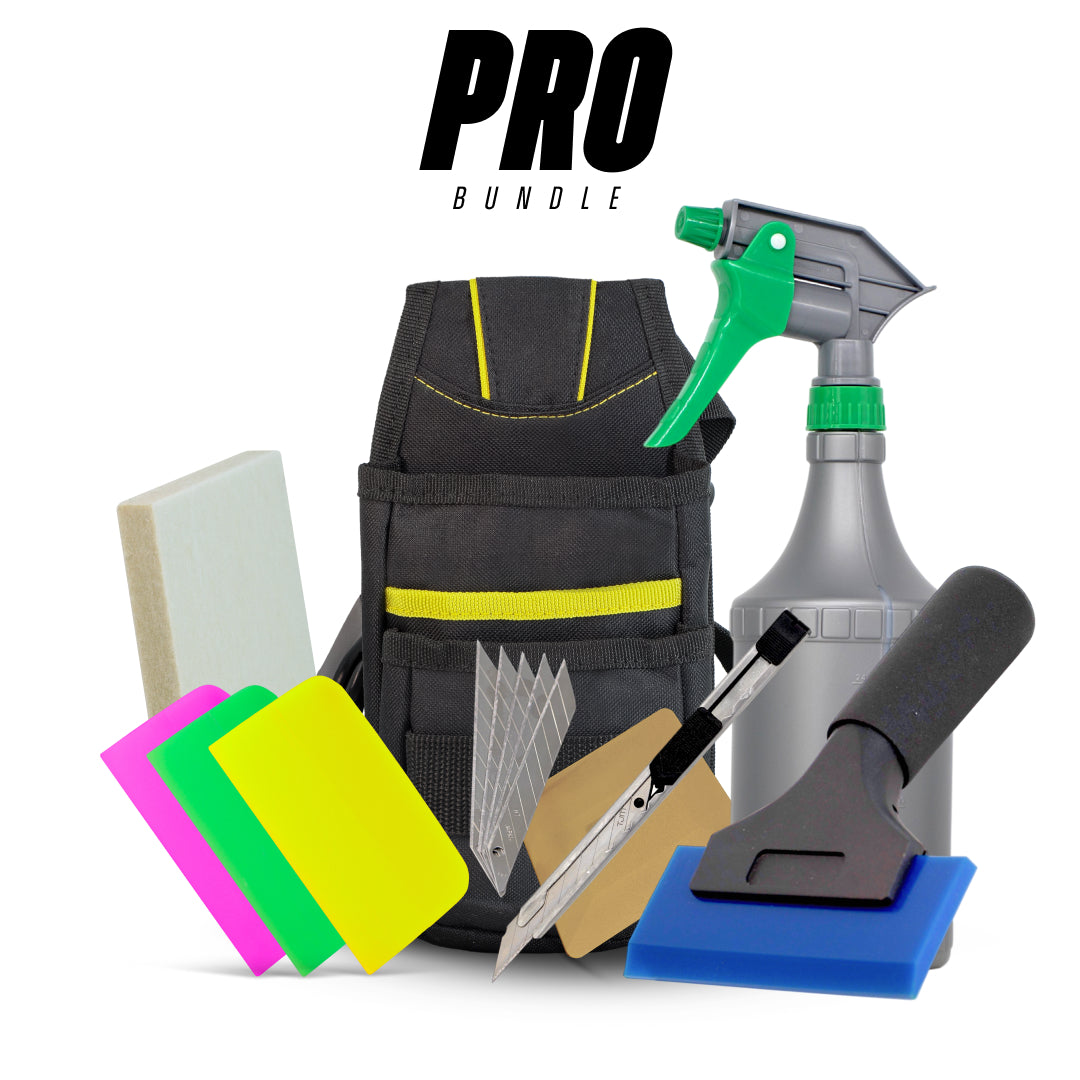
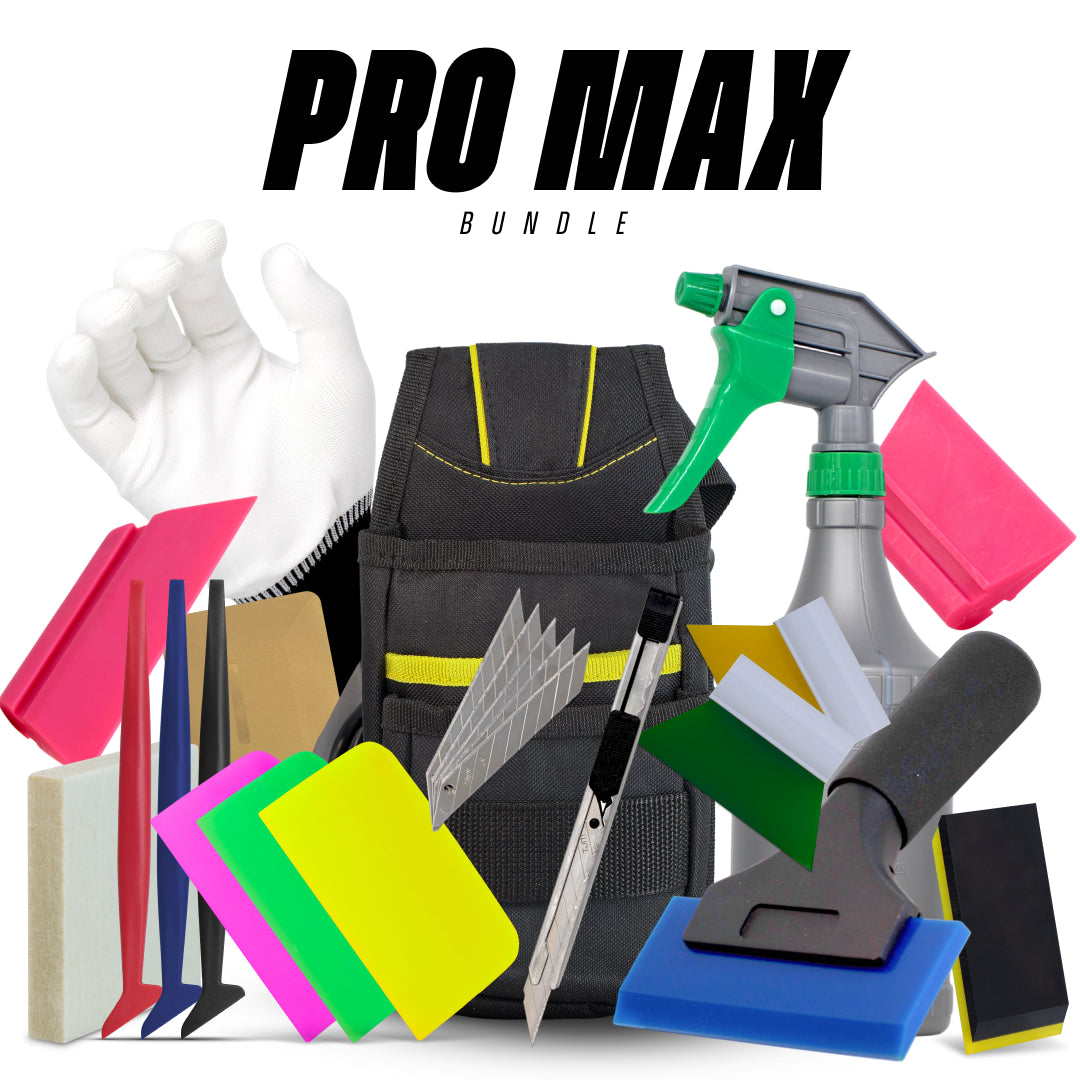
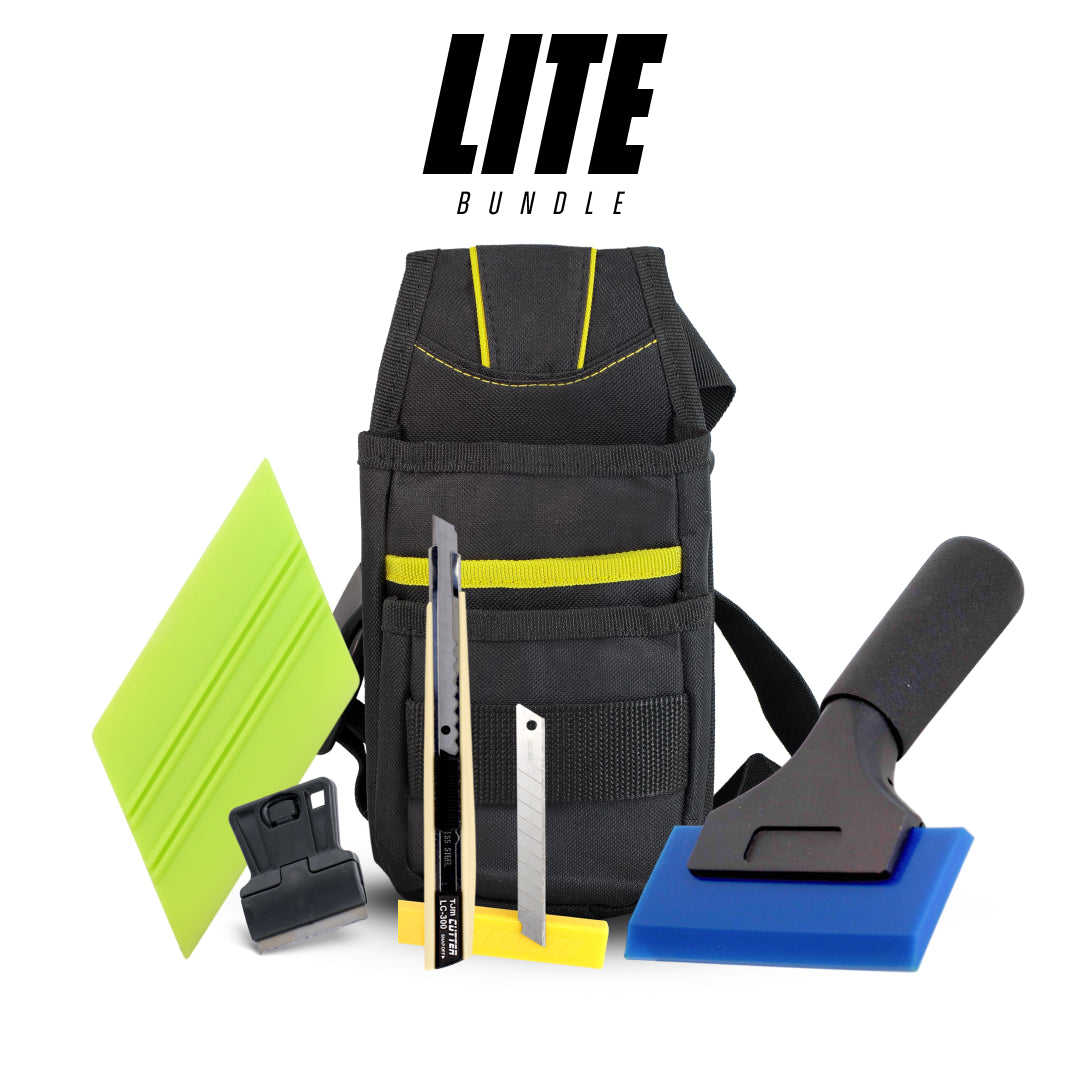
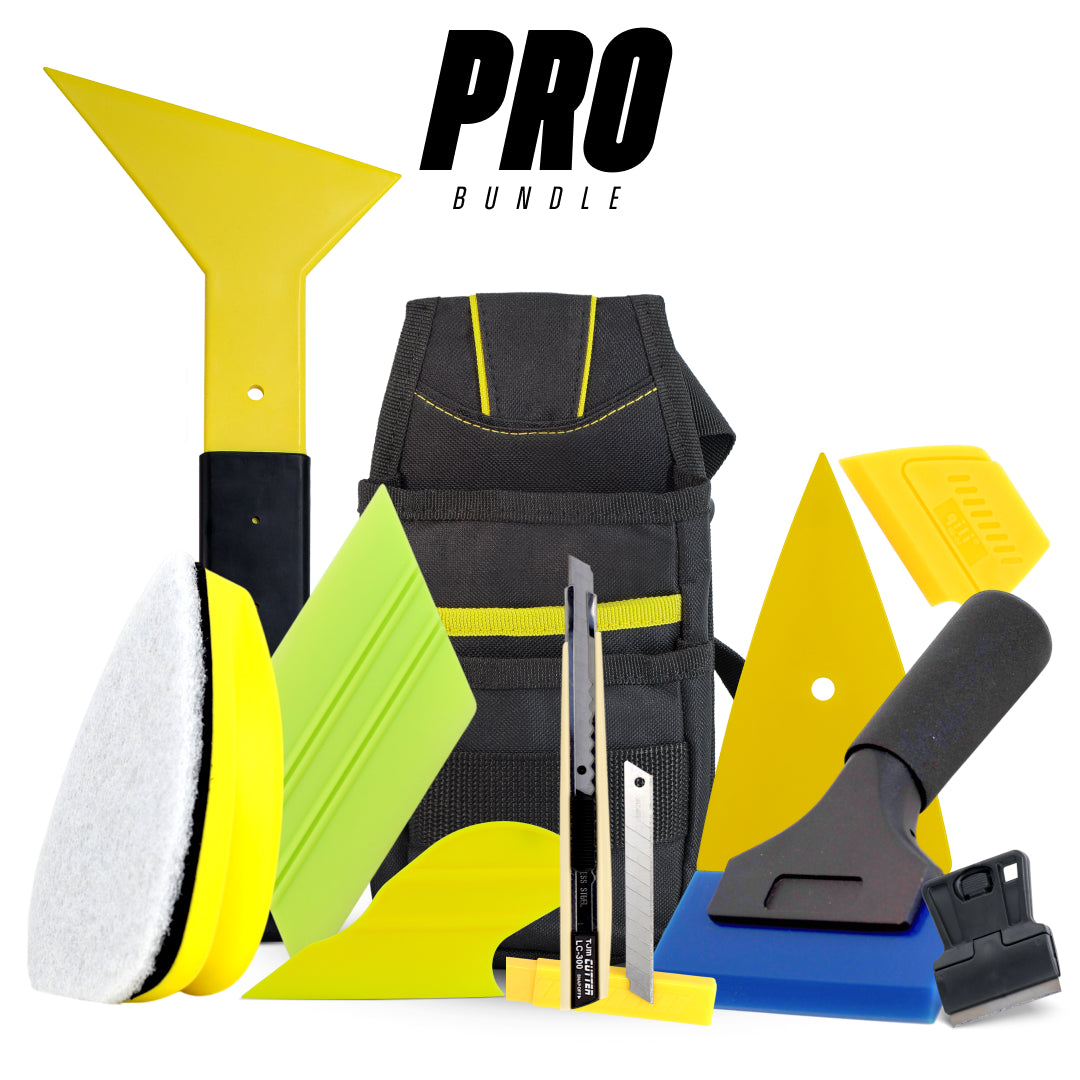

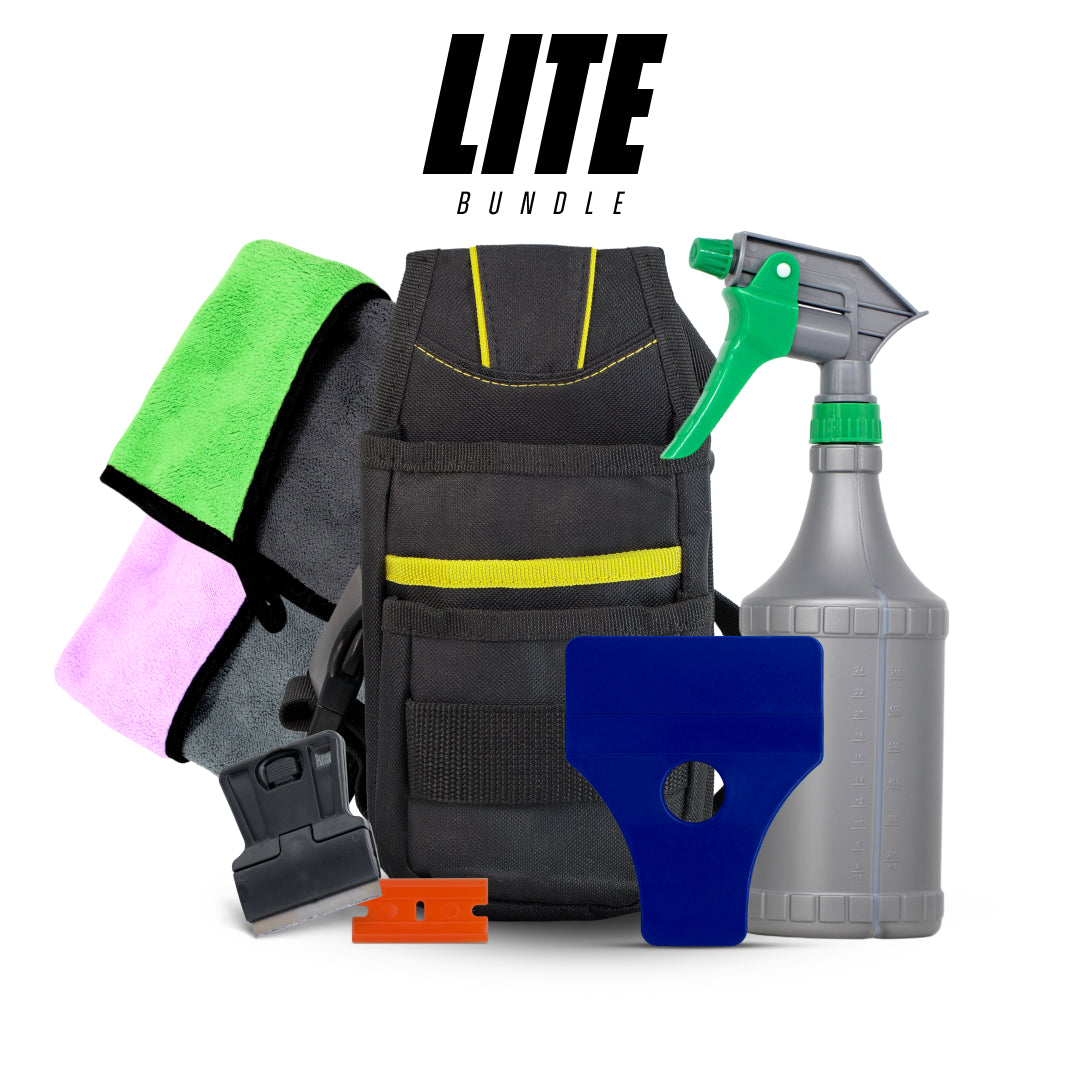
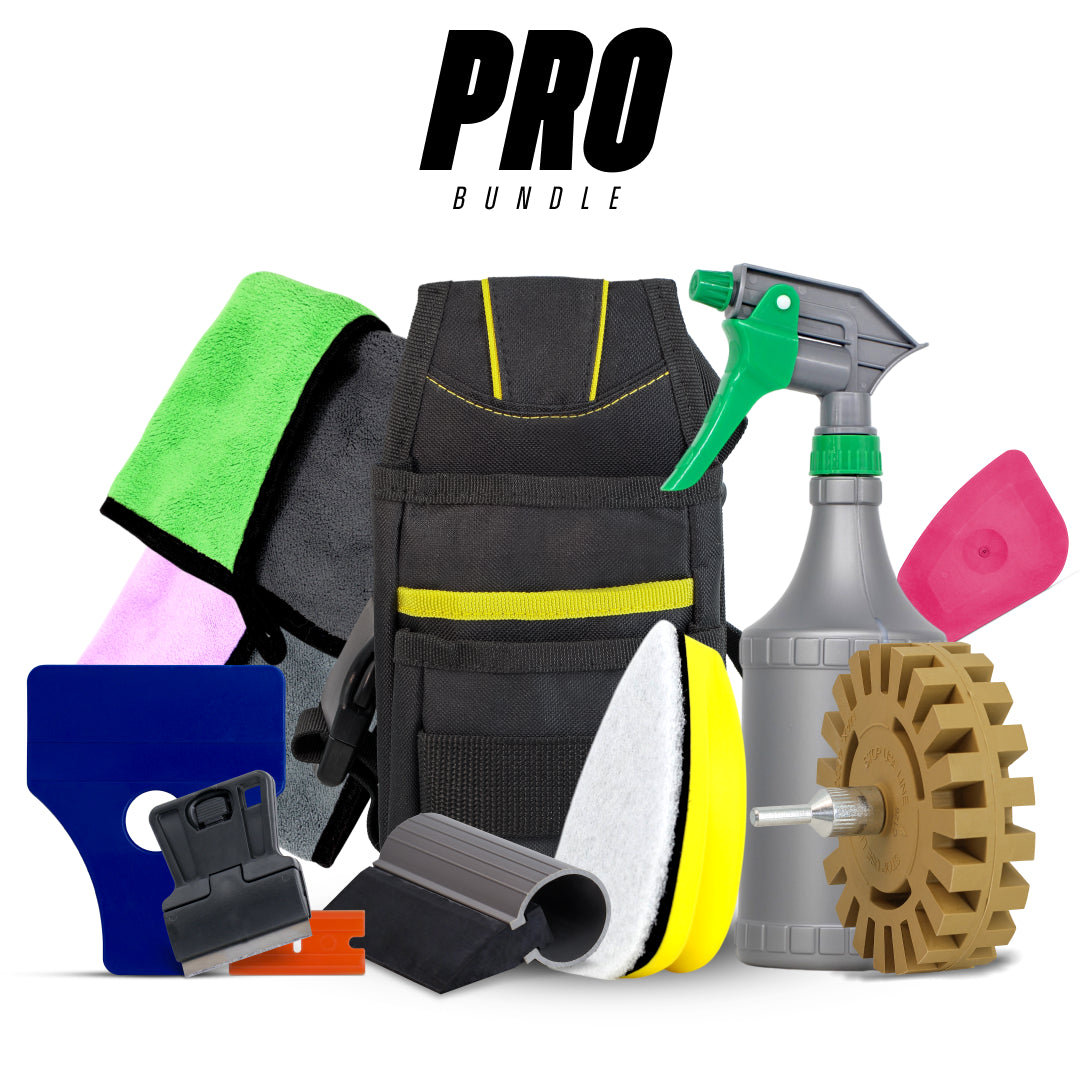
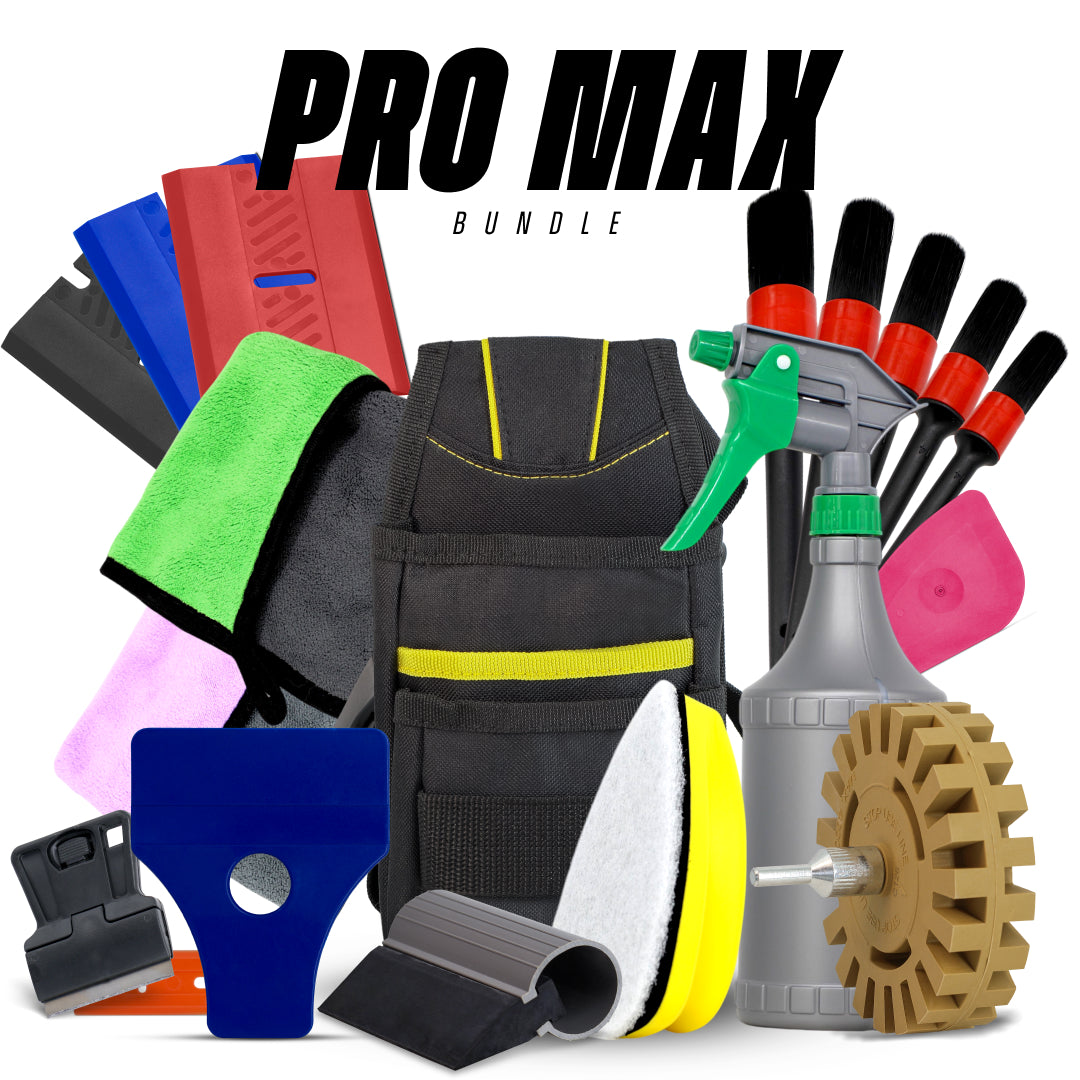

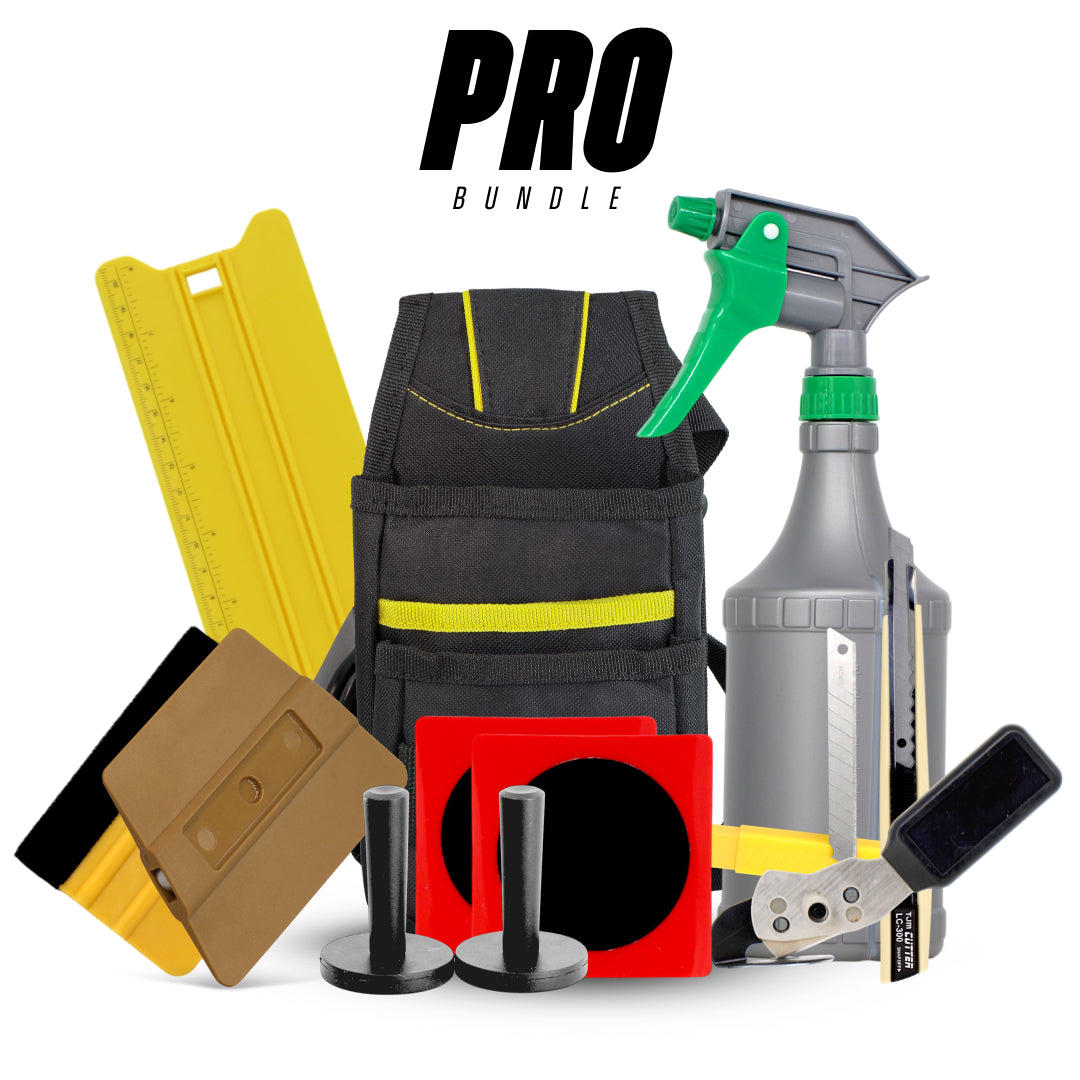
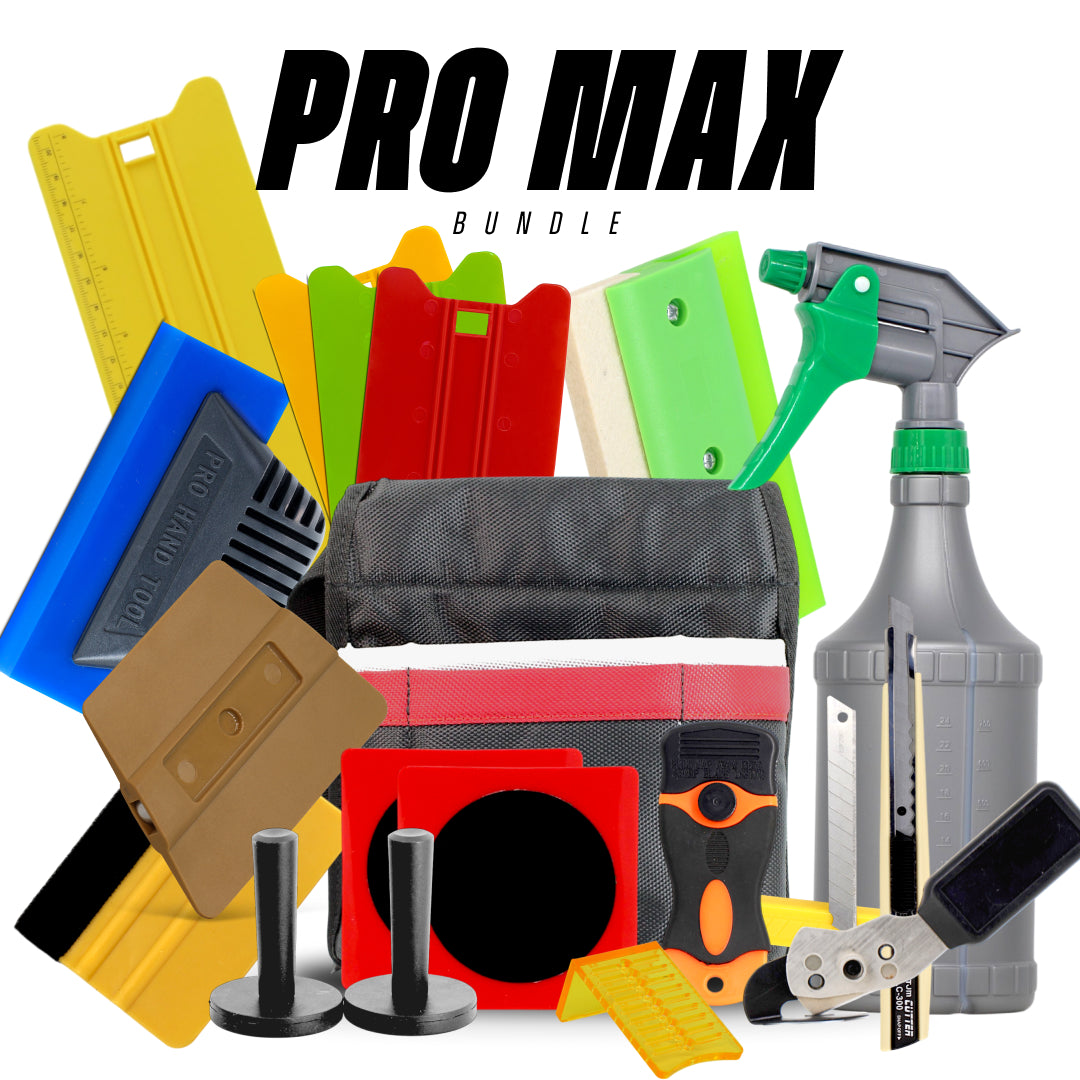


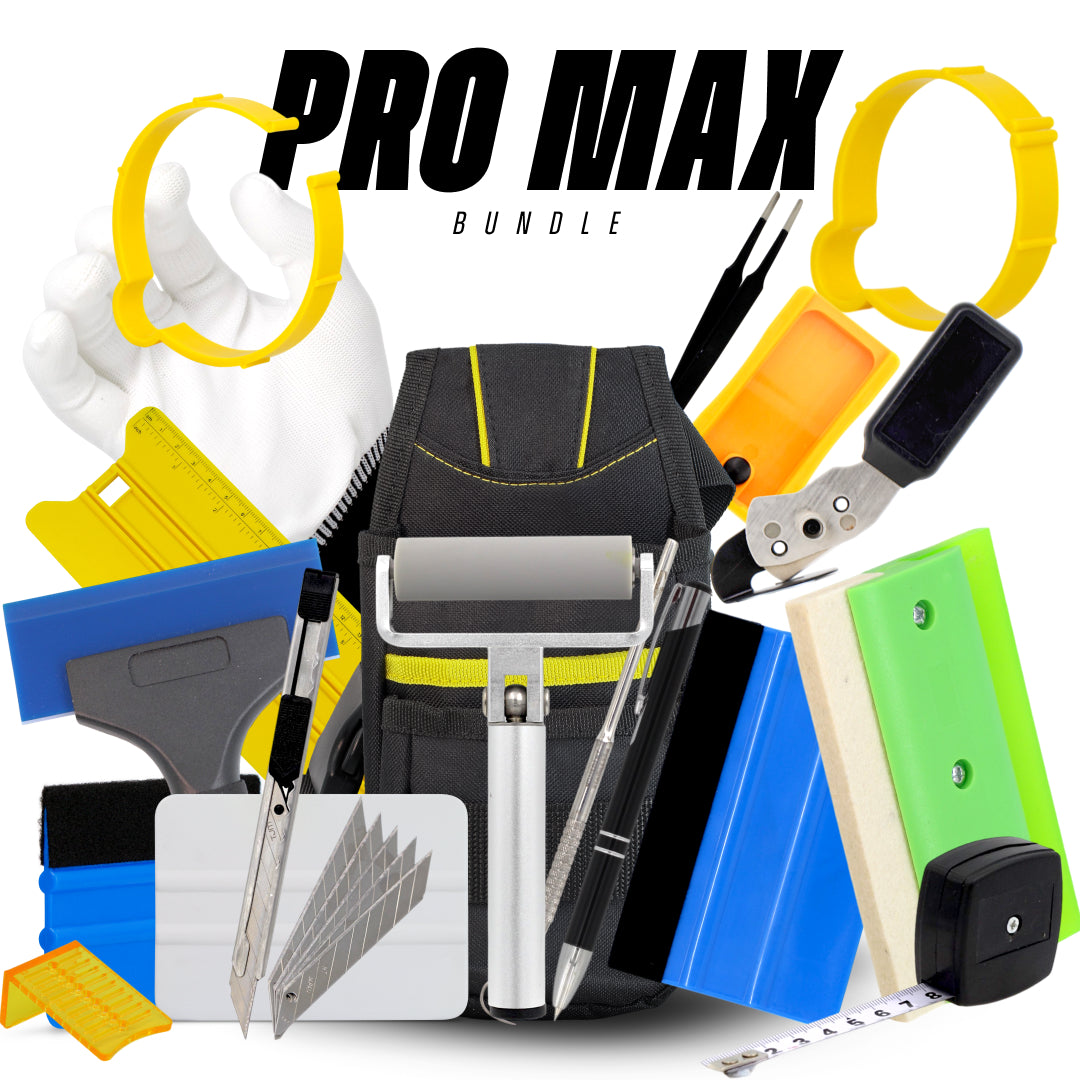




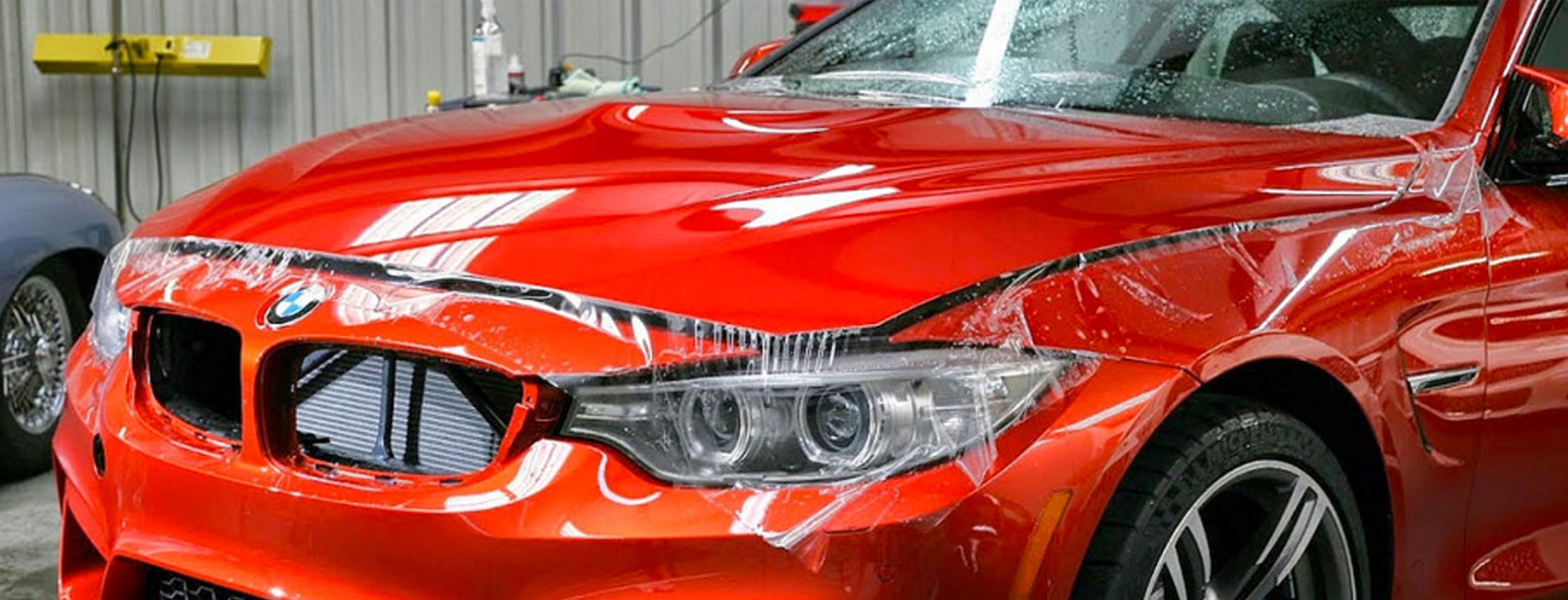
Leave a comment
This site is protected by hCaptcha and the hCaptcha Privacy Policy and Terms of Service apply.